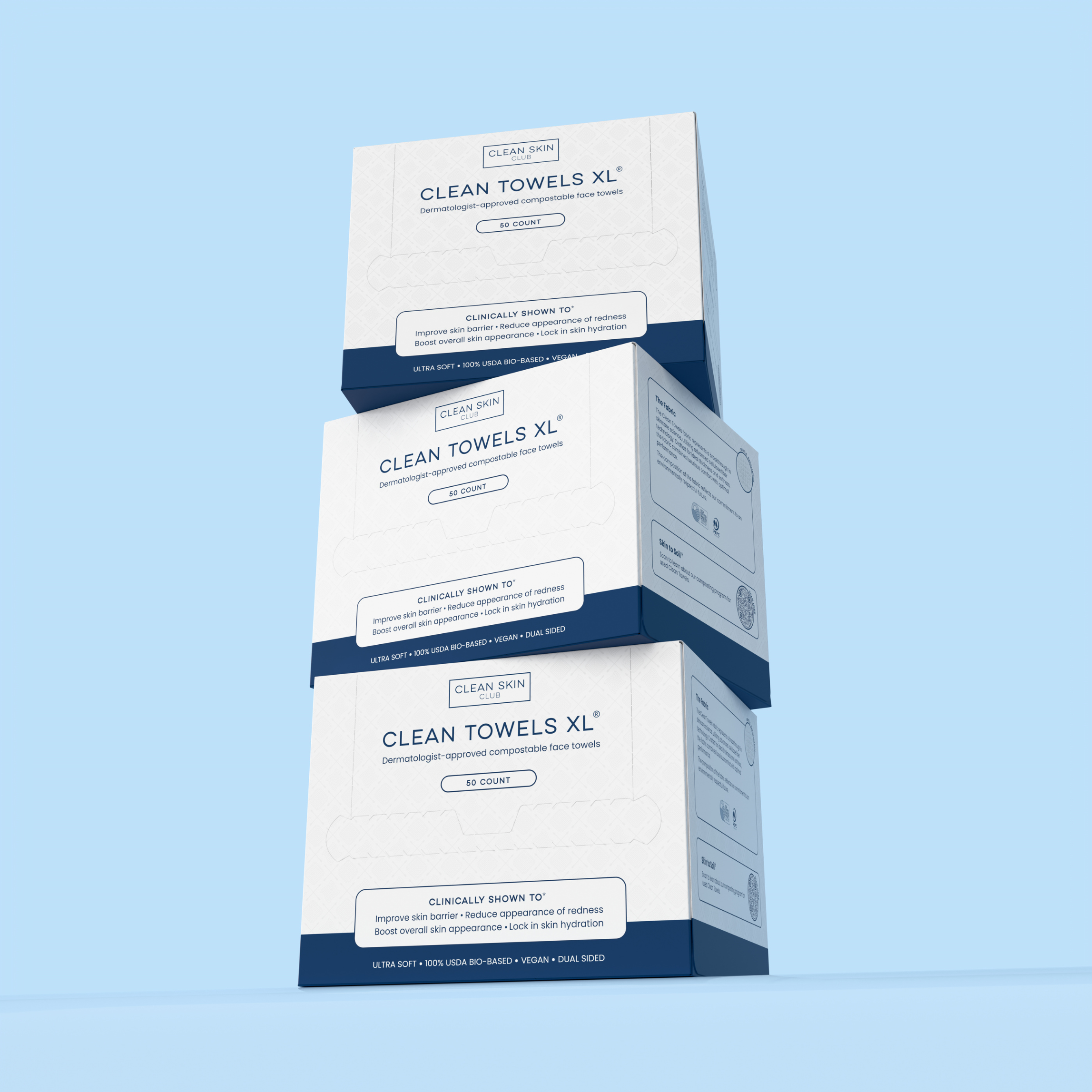The skincare industry is filled with different kinds of terms and navigating through them can be hard sometimes! Skin brightening is often confused for skin lightening and vice versa but we are here to clear up that confusion once and for all so that you can make an informed decision about the choices you make regarding your skin.
What is Skin Brightening?
Skin brightening refers to the restoration of your skin’s general natural radiance. It focuses less on specific pigmentation patches and more on removing dull and dead skin cells from the top layer of your skin to produce more glowing and brighter skin.
Overall, a variety of techniques, items, and chemicals can result in more radiant skin. Removing dead skin cells and dullness is a crucial step in improving your radiance and natural glow. Exfoliation, both chemical and physical, is the main method used to do this. Beyond skincare treatments and skin brightening products, maintaining basic skin health through hydration, sun protection, and moisturizing is also necessary for glowing skin.
What Ingredients Should You Look For? (Glowy Ingredients)
Skin brightening is basically the process of using skincare products or treatments to increase the radiance and brightness of the skin. This can be achieved through the use of topical creams, serums, or masks that contain ingredients such as vitamin C, niacinamide, retinol, lactic acid, mandelic acid and beta hydroxy acids. Fruit enzymes like those found in papayas also help with skin brightening.
Skin brightening treatments may also include chemical peels, microdermabrasion, or laser therapy. Skin brightening aims to achieve a more even, youthful, and glowing complexion.
What is Skin Lightening?
Skin lightening has more to do with depigmentation and lightening the skin tone by reducing discoloration and working on uneven skin tone. Your skin must be thoroughly bleached or whitened using prescribed drugs under a doctor's supervision.
Skin lightening treatments usually also help inhibit melanin production which in turn helps reverse sun damage and post-acne scarring on the skin’s surface. Targeting pigmentation is desirable for general aesthetic and cosmetic purposes to lessen the appearance of age spots, photodamage, melasma, scars, and post-inflammatory hyperpigmentation.
What ingredients should you look for? (Melanin inhibiting ingredients)
Tranexamic Acid, Hydroquinone, Kojic Acid, Alpha Arbutin, Retinoids, Mushroom extract, Azelaic Acid and even Vitamin C are all good ingredients to lighten skin tone and even out any discoloration. Look for them in skin-lightening products.
The Final Verdict
The crossover between brightening and lightening is very common. Some substances can produce both skin brightening and lightening effects. Vitamin C and retinol are two examples of substances that can be used to target discoloration, even out skin tone and also provide a certain glow to the skin. Based on how they function, each of these substances would also be considered brightening agents. Pitting brightness and lightening against one another is only semantics.
The bottom line is that you must adopt a strategy that addresses the issues you are facing and the end results you desire. It is always advisable to speak to your medical esthetician or dermatologist before incorporating these ingredients into your skincare routine or going in for a procedure.
Thank you for reading!
This article of the Skinsider Scoop was graciously written by Licensed Medical Esthetician, Dr. Pavitra Patel, and edited by the Clean Skin Club team. If you're interested in more from Dr. Pavitra, please shoot us an email, and follow her Instagram -@trueskin.by.pavi



